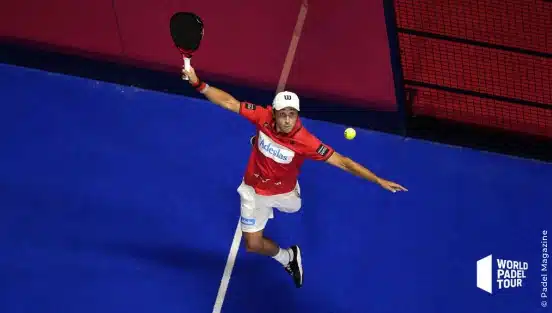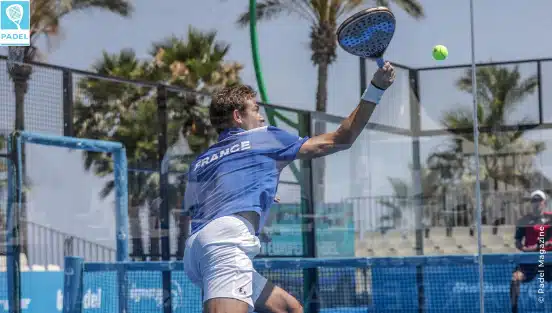Learn all about the different types of padel smashes
- October 10, 2022
- Our advice
- Sources: Padel Magaazine / Padel Référence
La bandeja
When to use it?
Clearly, the aim of the bandeja is to make your opponent suffer by forcing him to bend down when defending. The effect of this cut smash is the opposite of a lift on glass. On a lift, the ball rises after impact, whereas on a cut shot, the ball falls back. The stripe must be deep enough for the defender to be forced to take the ball after the glass effect. This stroke enables us to maintain our offensive position and keep our opponents at the back of the court in a defensive position.


La vibora
When to use it
The vibora is mainly used to prepare a point by moving our opponents and forcing them to defend. It should therefore be used when the ball is not too short, but rather in the middle of the court. You'll then have easier-to-play balls to finish the point.
The lifted smash
When to use it
The lifted smash is often associated with the par 3. The par 3 is a stroke performed to perfection by WPT players, but it's being used less and less due to the increasingly effective defenses of professional players. Players are now using it to good effect.
The smash grille
When to use it?
You need to have enough angle to do it with a lower level of risk, so a right-handed left-hander or a left-handed right-hander will have far more opportunities to do it in a match than a right-handed right-hander.
Now that you know all the secrets of the different smashes, all you have to do is practice them in your matches!
